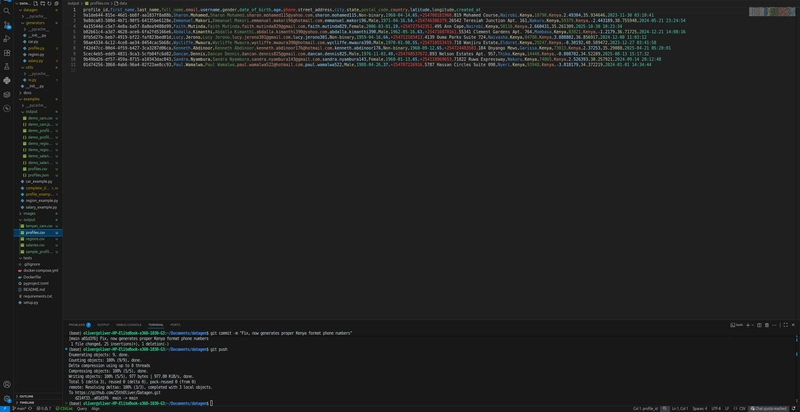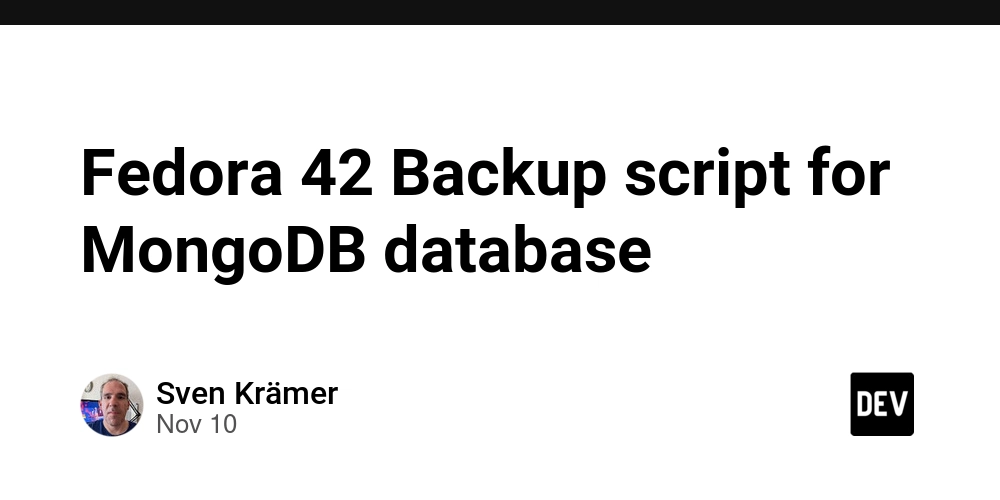Networking concepts like IP addresses, subnetting, and CIDR often feel abstract—just strings of numbers and slashes. At first glance, 192.168.1.10/24 or 2001:0db8::1 looks like a secret code.
But what if we imagine the internet as a city, with streets, neighborhoods, and houses? Suddenly, IPs make sense, and data becomes letters traveling along streets. Let’s take a journey through this digital city.
IPv4 is like an old, charming city with about 4 billion houses.
- In the early days, 4 billion seemed more than enough.
- Every device had its own home.
As more devices joined—phones, laptops, smart gadgets—the city became crowded. Some houses had to be shared.
- NAT (Network Address Translation) is like multiple families crammed into one apartment. Mail (data) still arrives, but sometimes it gets confusing.
Example: In a household with a laptop, phone, and smart TV all connected to the same network, they share the same public IP. Multiple “residents” use one house to send and receive data.
IPv4 has served us well, but as our digital city grew, it became clear we needed more space.
🌇 IPv6: The Infinite City
IPv6 is a futuristic city with 340 undecillion houses—so big, it’s practically infinite.
- Every device gets its own home, no sharing required.
- Perfect for all the devices we use today—and those we haven’t even imagined yet.
Imagine every gadget in your home—from fridge to coffee machine—having its own mailbox. That’s IPv6 in action.

IPv6 ensures smooth delivery of data, easier tracking, and a city that can grow endlessly.
🏘️ Subnetting: Organizing Neighborhoods
Even a massive city needs organization. That’s where subnetting comes in.
Subnetting divides networks into smaller, manageable neighborhoods, keeping traffic flowing smoothly.
Example:
192.168.1.0/24 → 256 addresses
Subnet into /26 → 4 neighborhoods with 64 addresses each
- Admin devices get one neighborhood
- Home computers get another
- Guest devices get their own
Without subnetting, sending data is like mailing a letter without a street number. It might reach the city, but it could wander around before arriving at the right door. Subnets give each device a clear house number.
🗺️ CIDR: The City Map
CIDR (Classless Inter-Domain Routing) is like drawing maps of neighborhoods.
- /24 → A big block with 256 houses
- /26 → Smaller blocks of 64 houses
Proper CIDR planning prevents overlapping addresses, makes traffic flow predictable, and ensures no device gets lost in the city.
Think of it as planning streets, blocks, and house numbers before building a city—without it, traffic and mail would be chaos.
📦 The Journey of Data
Let’s follow a packet of data traveling across this city. Imagine you’re sending a message from your laptop to a website:
The packet leaves your device with the destination address.
Analogy: A postcard is dropped into your mailbox.
The packet reaches your local switch, which knows all streets in the neighborhood.
Analogy: A mail sorter guides the postcard toward the city gate.
- Crossing the City Gate (Router)
The router decides which highway your packet should take to reach the destination.
Analogy: The city gate checks the address and sends it along highways, avoiding traffic jams.
- On the Highway (The Internet)
The packet travels through multiple routers and networks.
Analogy: It hops through postal centers and neighboring towns efficiently.
- Arrival at the Destination City
The packet reaches the server, which processes it and sends back a response.
Analogy: Your friend receives the postcard and replies along the same route.
Understanding this journey helps make sense of latency, routing, and why data sometimes gets delayed or lost.
🔑 Key Insights
- Addresses Matter: Each device needs a clear home to send and receive data.
- Organization is Key: Subnets and CIDR keep traffic flowing smoothly.
- IPv6 is the Future: Infinite addresses mean every device gets its own space.
- Visualizing Data Helps: Thinking of packets as letters traveling streets makes networking intuitive.
IP addresses aren’t just numbers—they’re homes, streets, and neighborhoods. Routers are city gates, switches are traffic lights, and packets are letters traveling streets.
Once you imagine the internet this way, networking becomes less abstract. It’s a living city, waiting for you to explore its streets, organize its neighborhoods, and understand its flow.
Every packet has a journey. Every number has a home. And the internet is the city that connects them all🌐








